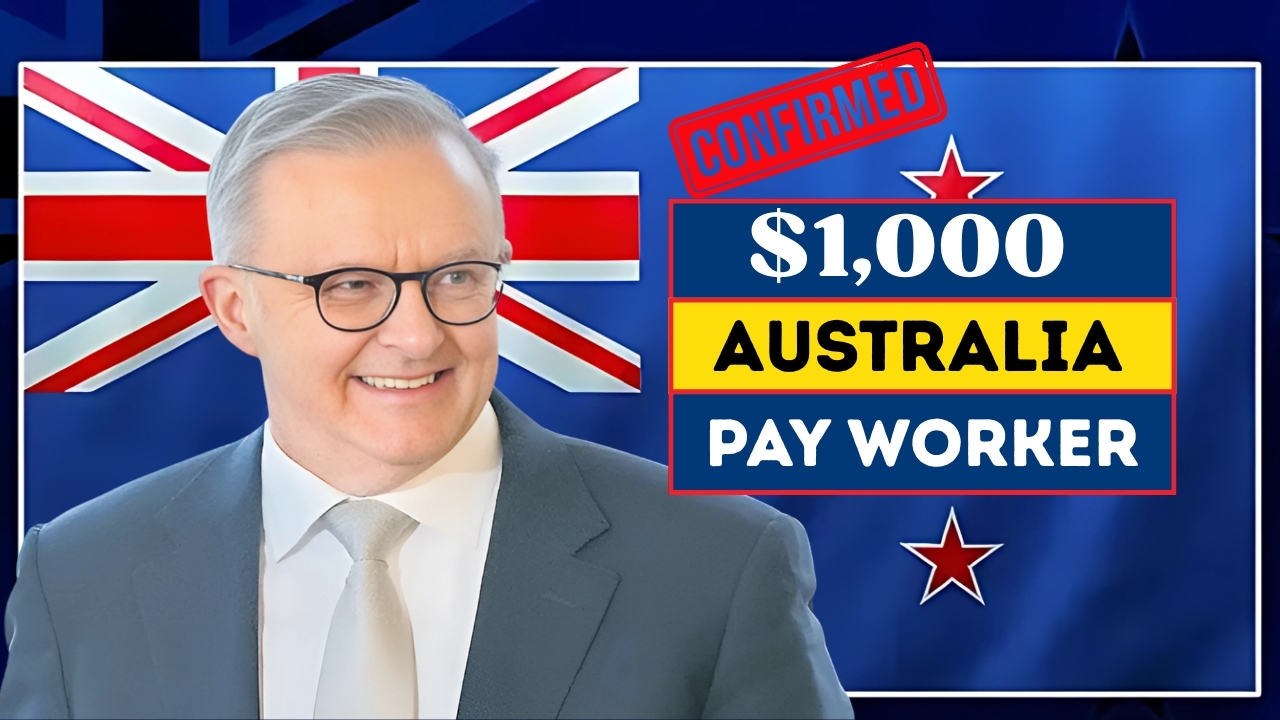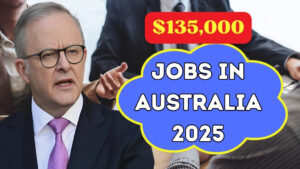Starting July 1, 2025, Aussie pay slips are getting an extra boost: the Fair Work Commission has announced a 3.5% jump in minimum wage and Modern Award rates. This big lift is a win for everyday Australians, especially those earning the least, and comes after a long stretch of tough economics.
What the Numbers Mean
A 3.5% raise means the nation’s minimum wage will jump by about 32 a week. P915.90 to 947.9 5 a week,or from 24.10 to 24.95 an hour.Fora full−timer ,that’s an extra1,666 a year, which can go a long way in helping stretch a budget that’s been hit by rising bills.
When inflation hit 2.4% in March 2025, this hike still allows real pay to grow by around 1.1%. It’s a small but clear step in bringing people’s buying power closer to where it used to be before the most recent price jumps.
Who Gets the Pay Rise?
More than 2.7 million people, or over 20% of the nation’s workers, will feel the boost. These are the Australians covered by Modern Awards, the professional standards that guarantee fair pay across entire industries.
Union reps say the group is made up mostly of low-paid, female workers in unstable jobs, so the wage rise is, in their words, “absolutely vital just to get by.”
Award workers cover several job areas:
— hospitality and food services
— checkout and retail sales
— healthcare and caring jobs
— office and support services
— hotels and motels
The Political Background
The Albanese government pushed really hard in its Fair Work submission, calling for wage rises in the submission to the Fair Work Commission. They want a hike the Commission calls “sustainable”, but they didn’t give us an exact number.
The opposition, on the other hand, didn’t say anything about boosting the minimum wage. Union people reckon that silence shows they still back “keeping wages as low as possible”, which they say is the story of the last ten years.
The Tug-of-War Before the Final Say
The Commission’s wage judgement follows long quarrels. The unions, led by the Australian Council of Trade Unions, ask for a jump of 4.5%. In the other corner, the the business groups offer much smaller numbers:
— the Australian Industry Group says 2.6% is the max they want
— the Australian Chamber of Commerce and Industry says 2.5%
— others want raises below what inflation is, even as low as 2%
In the Commission’s ruling, they stated that “living standards have been squeezed and the low paid have found it even harder to cover everyday bills,” pointing to the high inflation that hit us in earlier years.
How This Affects the Economy
The Commission chose to raise wages because the Australian economy is in pretty stable shape as we head into 2025. Inflation is within the Reserve Bank’s goal range of 2 to 3%, unemployment is low, jobs are still rising, and companies are staying profitable. On the key point that low wages might increase prices, the data cleared that up: the 8.6% jump in the minimum wage set a record in 2023 and still prices didn’t surge. The Commission said loud and clear, those earlier gains didn’t spark inflation.
Steps for Low-Paid Workers
If you earn the minimum wage or get paid under an award, here’s what to do now:
- The new 3.5% bump kicks in July 1, 2025.
- Grab your pay slip right after and look for that extra 3.5%.
- If it’s missing, speak to your union rep or ring the Fair Work Ombudsman for help.
- If you’re in the dark about what you’re owed, the Fair Work Ombudsman website has the info you need.
This pay rise is one of the latest moves to close the wage gap, so as the economy keeps shifting, it’s a win that helps make sure the benefits of a growing economy reach everyone—not just the higher earners.
Though some campaigners insist extra help is needed—especially for families living on a single paycheck—they generally see this 3.5% rise as a real boost for the nation’s lowest-paid employees.




